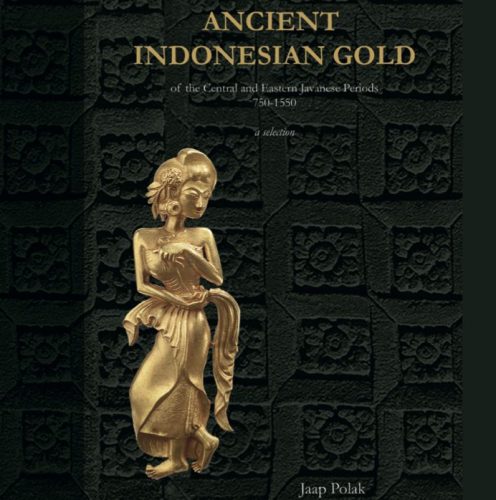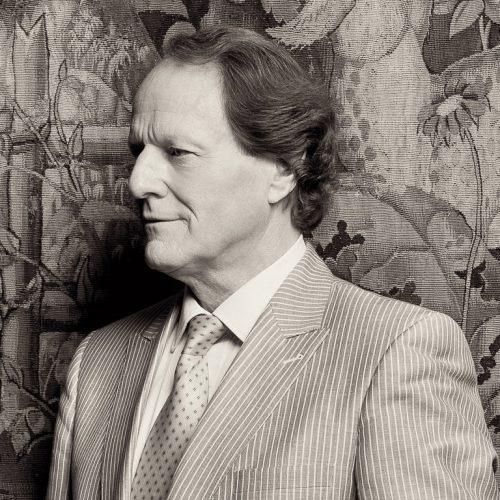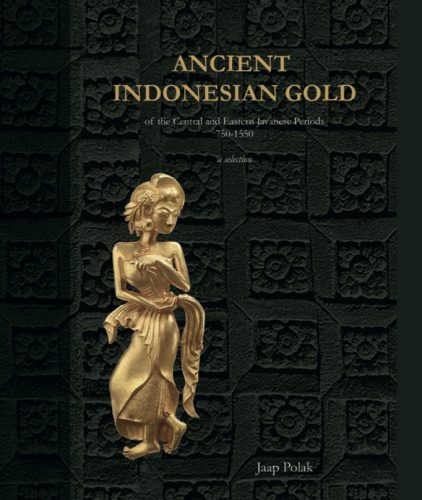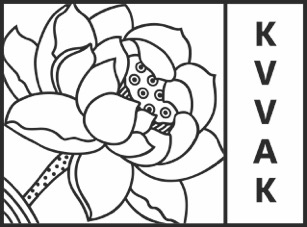
The General Meeting of Members and Lecture Jaap Polak
The KVVAK invites you to the General Meeting of Members on May 7 at 1:00 pm. The meeting will be followed by a lecture by Jaap Polak on Indonesian Gold on the occasion of the publication of his book ‘Ancient Indonesian Gold’.
Program
13.00 – General meeting of members
14.15 – Coffee and tea break
15.00 – Lecture Jaap Polak
16.30 – Closure and book sale
Afterwards there is the book sale of ‘Ancient Indonesian Art’. There is a special price of 100.00 euros instead of 125.00 euros for members of the KVVAK.
Jaap Polak
Jaap Polak studied European art history, classical Sanskrit, art history and archaeology of South and Southeast Asia. At present Polak is regarded as a leading expert in the field of Indo-Javanese gold, silver and bronze. In 1977 Polak opened his own business and since 1983 Kunsthandel ‘Polak Work of Art’ is located at its current address on the Spiegelgracht. Here the collection consists of Indian miniatures, sculptures from the late Middle Ages, expressions of applied art, such as silver, glass and ivory, as well as Chinese art and ceramics, and authentic ethnographics. Jaap Polak is director of the Documentation Centre for Ancient Indonesian Art, a photo archive for students and scholars. He is also chairman of the Artists for Nature Foundation, an organization that puts endangered natural areas around the world on the map.

ANCIENT INDONESIAN GOLD OF THE CENTRAL AND EASTERN JAVANESE PERIODS 750-1550: A SELECTION
Ancient Indonesian Gold is the first publication of the Documentation Centre for Ancient Indonesian Art in Amsterdam. It examines Indonesian gold, sculptures, objects and jewellery, affording fresh insights into the history, techniques and use of the special types of jewellery made by Javanese goldsmiths. The objects have been studied closely and their descriptions sometimes differ from that in earlier publications. This was done in an attempt to give the reader new information about ancient Javanese gold.
Most of the 115 selected items are published here for the first time and provide a good introduction to the fascinating goldsmith art of Central- and East Java from circa 750 to 1550. Several objects exhibit the foreign influences that helped shape Javanese art, as illustrated by early photographs. This begins with the impact of Hinduism from India, somewhat later that of Buddhism, and subsequently of Islamic culture.
The illustrations in this publication include high-quality photographs of the works of art as well as old photographs and details of archaeological sites throughout Java. In this way, art lovers are able to better understand Indonesian culture as well as the virtuosity of Javanese goldsmiths. Indonesia’s rise to greatness was due to its ability to time and again absorb new elements from foreign cultures and incorporate them into its own intrinsic civilization.

